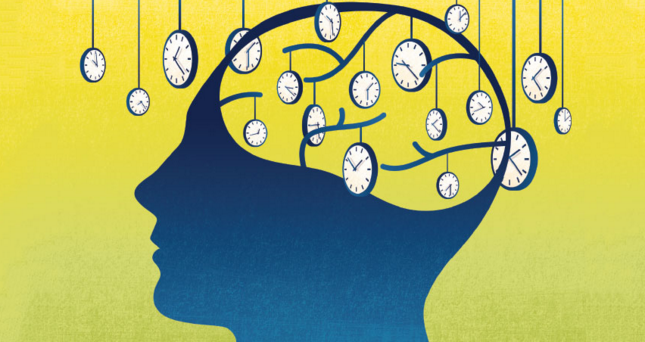How is mindful awareness of now different from being stuck in a NOW Bubble?
 TANG YAU HOONG
TANG YAU HOONG
“There are only two ways to time travel (that we know of): to look at the stars and to think with the front of your brain.”
I heard this from a friend years ago while on a camping trip that offered some of the best stargazing I’d ever done. Although she was actually referencing a conversation about delayed light coming from the stars, this statement was the start of a deep fascination with the human brain’s ability to shift between awareness of the past, present and future. This phenomenon, known as mental time travel, encompasses our unique ability to use past experience, and future interest, to impact our decisions about present action. Mental time travel heavily involves the frontal lobe of the brain, especially the prefrontal cortex, and is at the crux of successful self-regulation. One’s ability to self-regulate is ultimately judged by how they act in the present moment. The integration of mental time travel into responding is dependent upon how well someone can expand his/her NOW Bubble long enough to self-assess his/her current state, past experiences, and future interests before acting.
Understanding the NOW Bubble
In Brain Talk, the curriculum I co-created with Carrie Lindemuth, the NOW Bubble is the immediate moment following a trigger or stimulus. In this moment, impulses are activated in order to drive action that seems most in line with the brain’s seek and/or avoid urges. For example, if someone cuts you off on the freeway, you may feel the impulse to yell out your car window in the NOW Bubble. For some, that impulse takes over and drives a reaction; they find themselves moving faster than the speed of thought. In this case, action is driven only by what would feel good right now; past experience and future interest are not considered.
Understanding mindful awareness of now
According to Jon Kabat-Zinn, mindfulness is openhearted, moment-to-moment, nonjudgmental awareness of now (i.e., the present moment). Mindful awareness of now involves observational, curious examination of present emotions, sensations, and thoughts. For example, mindful awareness of now following news about a promotion at work might involve nonjudgmental identification of your emotional state (e.g., elated, proud, excited), sensations (e.g., warm, energetic, heart racing), thoughts (e.g., “This is going to be such a great opportunity!”), and impulses (e.g., desire to celebrate, wanting to share news with friends).
How do the now’s compare?
Being stuck in your rigid NOW Bubble makes you a hostage to your present impulses rather than an empowered participant in the present experience. One of the goals of mindfulness is to “insert the pause” between stimulus and response to allow for choice in how to respond rather than feeling “along for the ride” with your reaction. When practicing mindful awareness, you remain in control of your engagement with the now as opposed to the now is controlling you. The more effectively you can mindfully observe the now, the more you can expand your NOW Bubble to incorporate past experience and future goals. In other words, you are less likely to react faster than the speed of thought.
Often, one’s awareness of their present experience is rooted in his/her emotion(s) in the moment. Emotions are like the weather: you can’t control whether you have calm, gentle emotions or strong, stormy emotions. You can, however, control how you respond to your emotions. This is the core of emotional-regulation. Although you can’t control the forecast (emotional or weather forecast), you can engage mental time travel to sometimes predict your emotional experiences based on your past memories of a triggering situation. Acknowledging that similar triggers create similar emotional climates allows individuals, especially those with strong capacities for mental time travel, to anticipate how they might feel going into a situation. This creates a platform to proactively plan, practice, and master emotional coping strategies to help make uncomfortable situations a bit more comfortable.
Without awareness of your emotional state, your reactions are driven by the intensity of the feelings. In a highly triggering situation, the limbic (i.e., emotional, survival) brain shuts down communication with cortical thinking areas of the brain. This occurs as part of the brain’s survival mechanism: staying alive in a threatening situation is more important than engaging in critical thinking. The problem with this survival safeguard is that not all triggering situations are life threatening. Tests, public speaking, arguments with friends, schedule changes…while emotionally triggering, none of these lead to eminent demise. In triggering situations like these, cortical shut down prevents the brain from engaging in mental time travel to consider the past and future in order to manage the present. Mindful awareness of now allows you to be in a dynamic, aware, open, flexible cognitive “head space.” The cortical thinking brain remains online, meaning you are able to access present awareness (i.e., “What do I notice right now?”), past experience (i.e., “What do I know from the past?”), and future thinking (i.e., goal identification, anticipating consequences, awareness of emotional and/or physical motivation), in order to choose: do I follow my impulse and react, or do I consider my options and respond?
